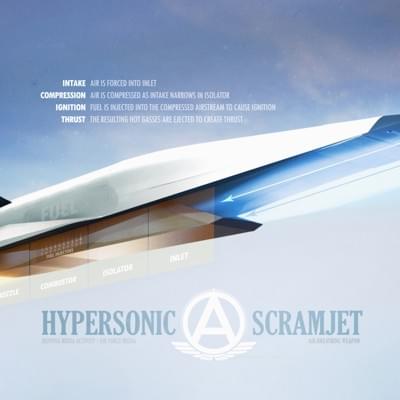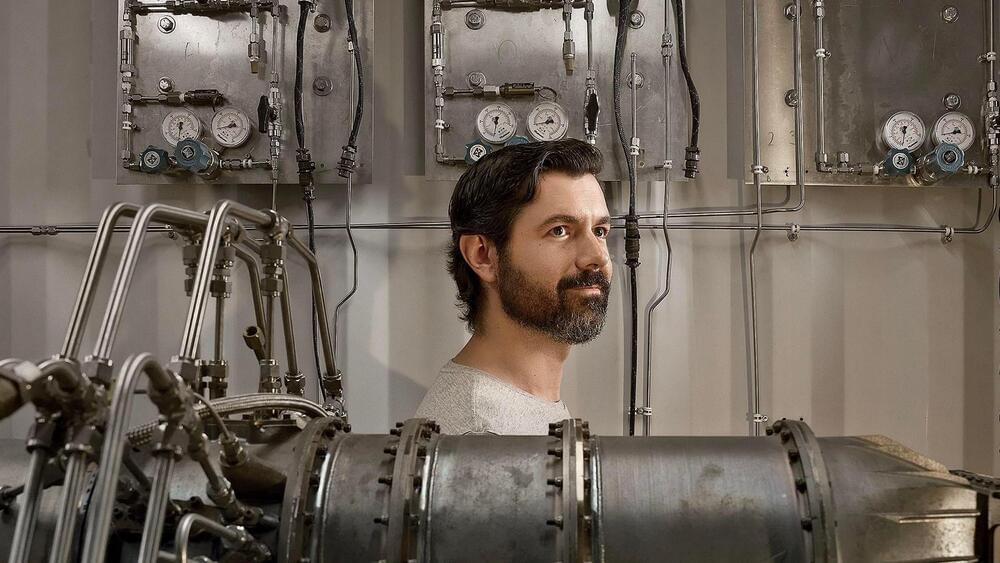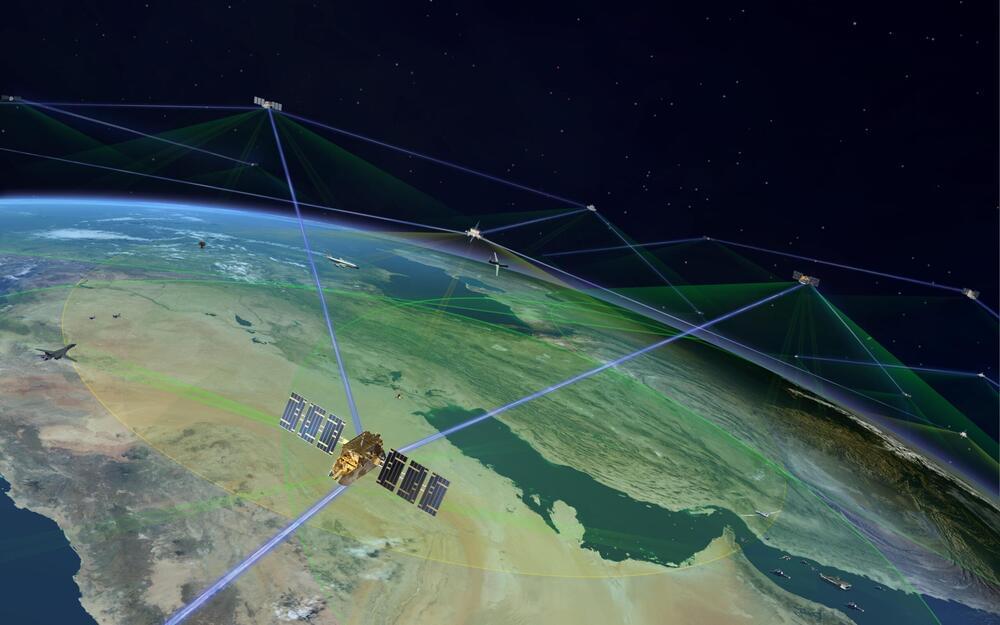In its own tests, its proprietary camera system outperformed LiDARs in multiple conditions.
After getting his Ph.D. from the Massachusetts Institute of Technology (MIT), Leaf Jiang spent more than a decade building laser ranging systems for the military for various 3D sensing applications. In his experience, Leaf found that laser-based detection systems were too expensive to be deployed on autonomous vehicles being developed for the future, and that’s how NoDar was born.
Light detection and ranging (LiDAR) systems use laser beams to scan their surroundings and create 3D images from the data obtained when surfaces reflect the light. As companies look to make autonomous driving more mainstream,… More.
Scharfsinn86/iStock.







